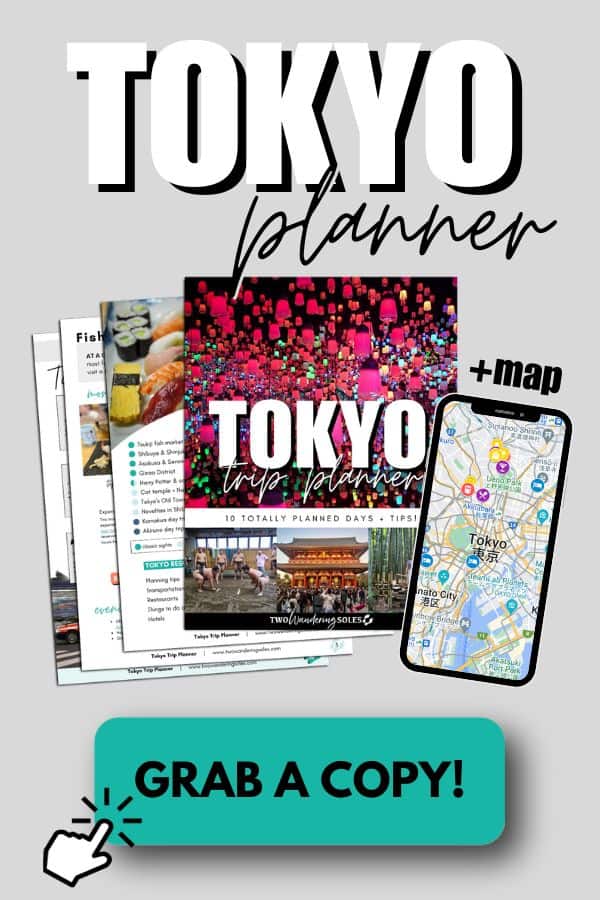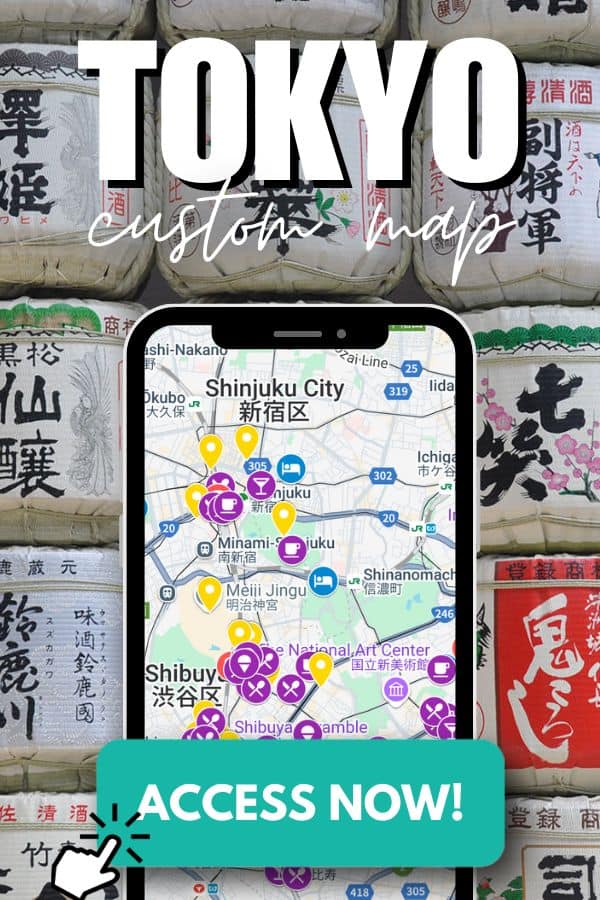Tokyo is a dynamic and fascinating city with an endless list of exciting things to do year-round. This guide breaks down the draws and drawbacks of each season to determine the best time to visit Tokyo and how to avoid the major crowds.
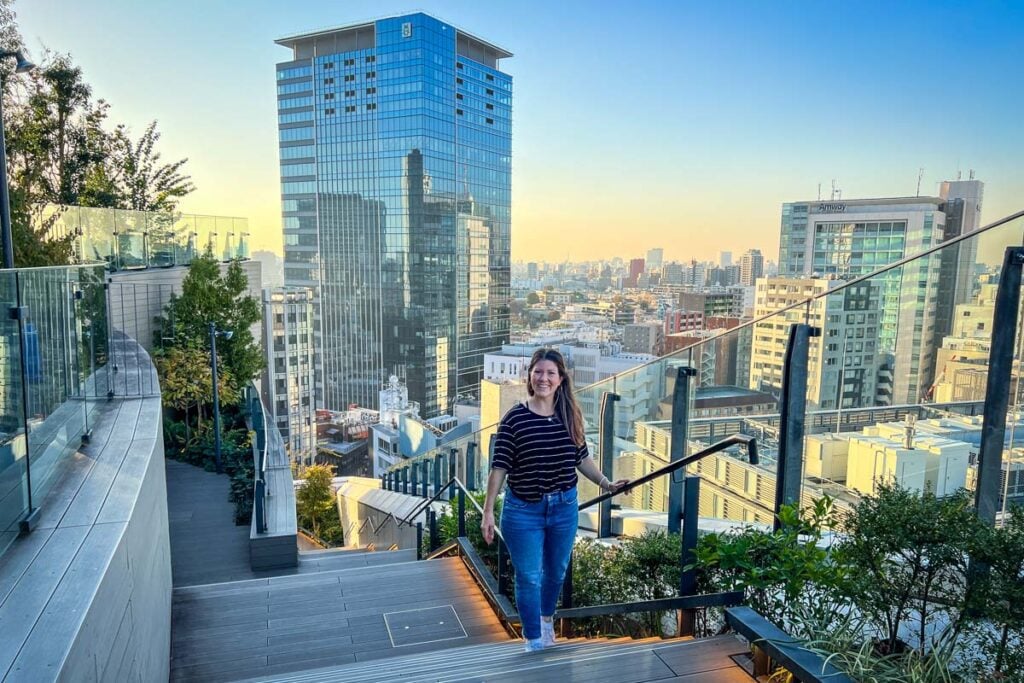
I’m not gonna lie – big cities are not our fave, and on most of our travels, we tend to prioritize nature and hiking over neon and asphalt.
But Tokyo just hits different.
Japan’s capital is the largest city in the world by population, with nearly 14 million people calling Tokyo home (close to 40 million if you include the whole Tokyo Metropolitan Area!). It’s truly mind boggling.
With history and culture, unique and quirky attractions, incredible food, and unmatched public transportation, there’s a lot to love about Tokyo. In fact, it’s one of Ben’s favorite big cities!
There’s so much to do within the city limits that there isn’t necessarily a bad time to visit. Actually, there may be one bad time… more on that later.
But after our third trip to Japan, we think we’ve finally cracked the code on the absolute best time to visit Tokyo, and we’re ready to let you in on the secret!
When is the best time to visit Tokyo?
The best time to visit Tokyo is early spring (March) or late fall (November). You’ll find comfortable temperatures and avoid most of the major crowds (it’ll still be crowded – it is Tokyo, after all).
Traveling more in Japan? This article is Tokyo-specific, but if you’re visiting as part of a bigger adventure throughout the country, you’ll definitely want to read our guide to the best time to visit Japan.
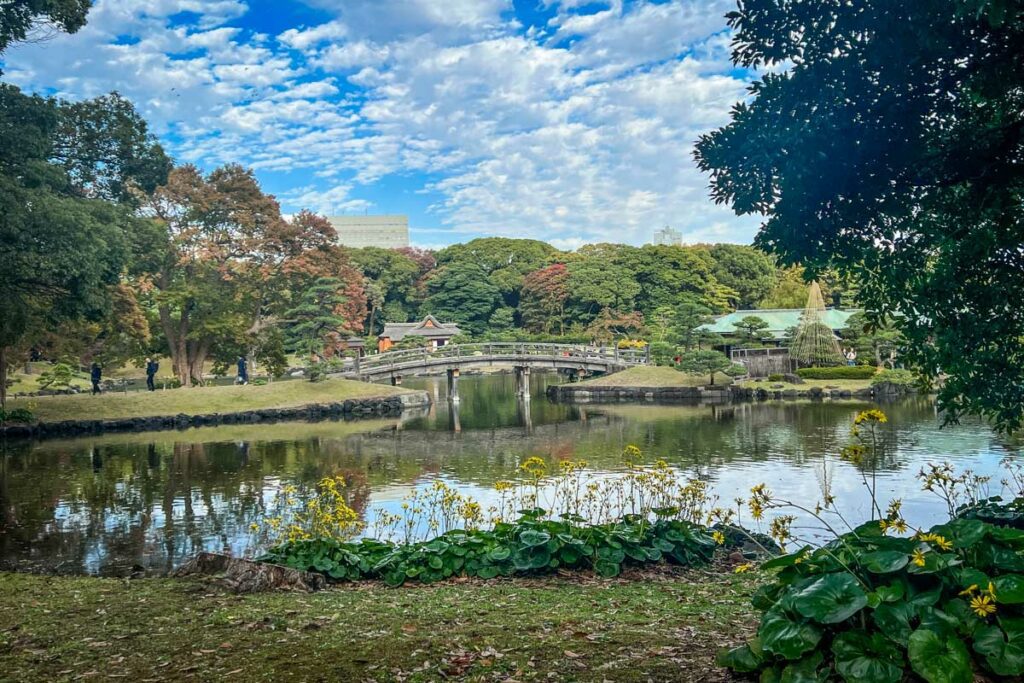
However, there are pros and cons to visiting Tokyo in every season, from soaking in winter onsens to summer festivals, magical cherry blossoms to vibrant fall foliage. It really depends on what YOU want to do.
Answer these questions to get started:
- Are you easily bothered by crowds?
- Are you negatively affected by high humidity?
- Do you mind chilly or rainy weather?
- Is seeing cherry blossoms, fall foliage, or Mt. Fuji on your agenda?
Thinking about your answers to these questions is going to help you start to determine when to visit Tokyo.
Read this before your trip: First Timer’s Guide to Traveling to Tokyo
Article contents
- Our experience in Tokyo
- Weather in Tokyo
- Summer in Tokyo
- Fall in Tokyo
- Winter in Tokyo
- Spring in Tokyo
- What to pack for Tokyo
Overall BEST time to visit Tokyo
Want a quick recommendation? Jump down to see our personal advice for the best time to visit Tokyo. Plus, we’ll share what times of year we’d avoid visiting!
Our experience traveling in Tokyo
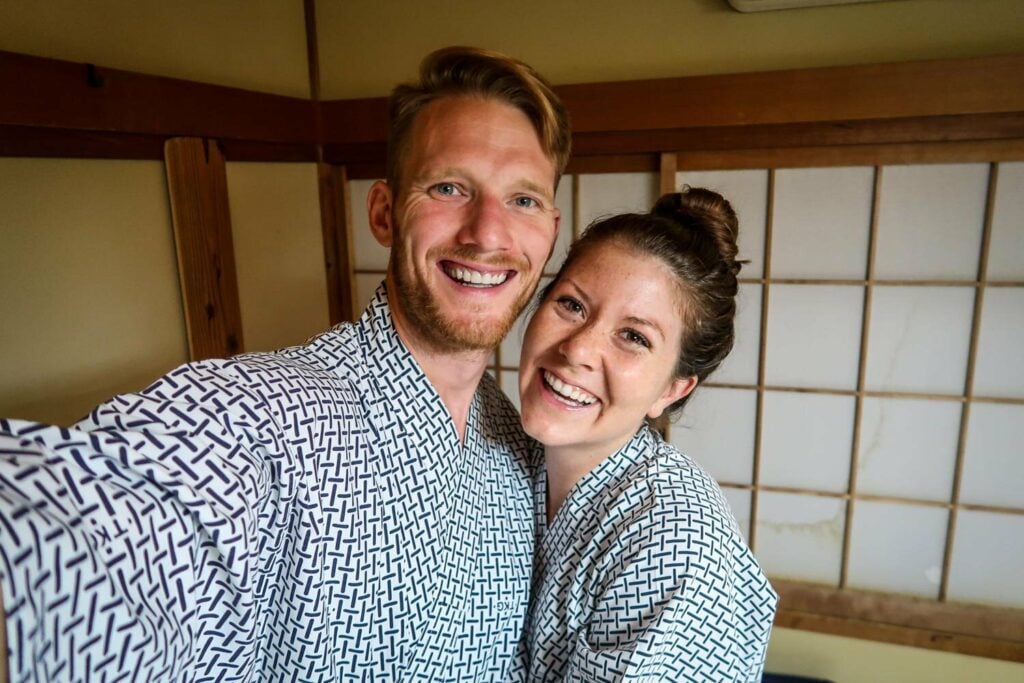
We’ve visited Tokyo in February, August, and November, so I guess you can say we’ve sampled many times of the year.
Both February and November were surprisingly mild. While other parts of Japan were quite cold at those times of the year, Tokyo was much warmer. In fact, while visiting in late November, we wore t-shirts most days and brought a jacket along to put on when temperatures dropped a bit at night.
August in Tokyo was, in my opinion, pretty miserable. It was so hot and humid that simply stepping outside was sure to have us damp with sweat. I personally wouldn’t choose to visit Japan in August again unless there was a good reason to do so.
I would love to return to Tokyo in the late fall, winter, and spring, as they all tend to have mild, comfortable temperatures.
Weather in Tokyo
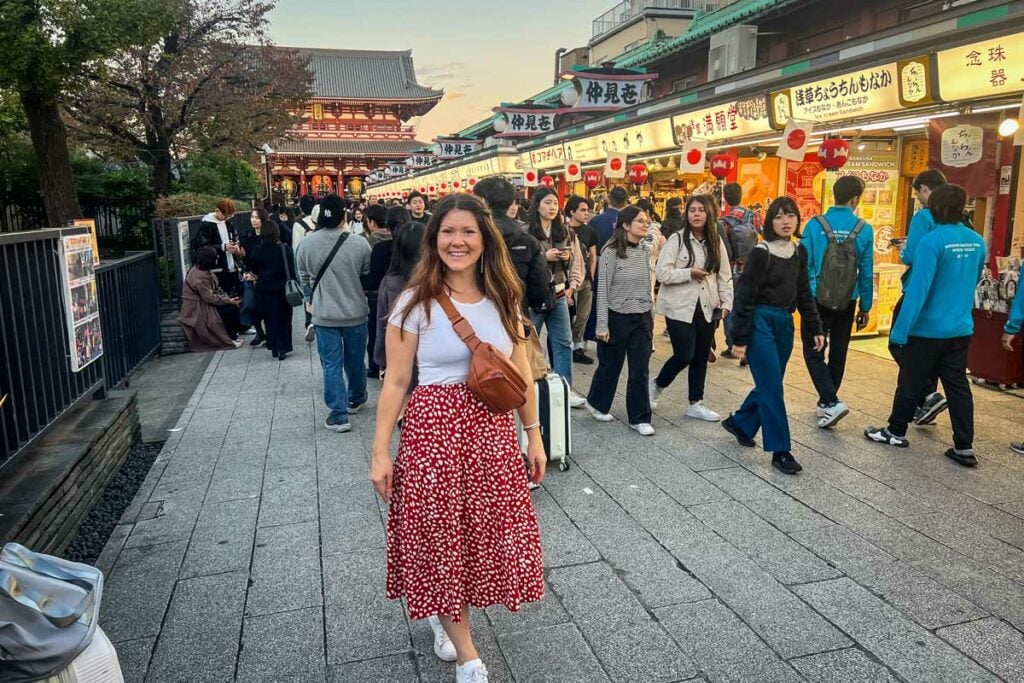
Before we get to weather, let’s start with geography. Tokyo is located on the east coast of Japan’s largest island, Honshu. The Chibu Peninsula juts out into the Pacific Ocean, wrapping around to form the sheltered crook of Tokyo Bay.
Meanwhile, mountains to the west of Tokyo guard against air currents, giving the city a fairly mild climate. Even in winter, temperatures in Tokyo rarely dip below 0°C (32°F), and snow falls for an average of only 4 days per year.
Summer weather is more extreme, with sweltering heat, heavy humidity, rain, and typhoons. On average, Tokyo receives about 1,600 millimeters (63 inches) of rain per year, making it one of the rainiest big cities in the world.
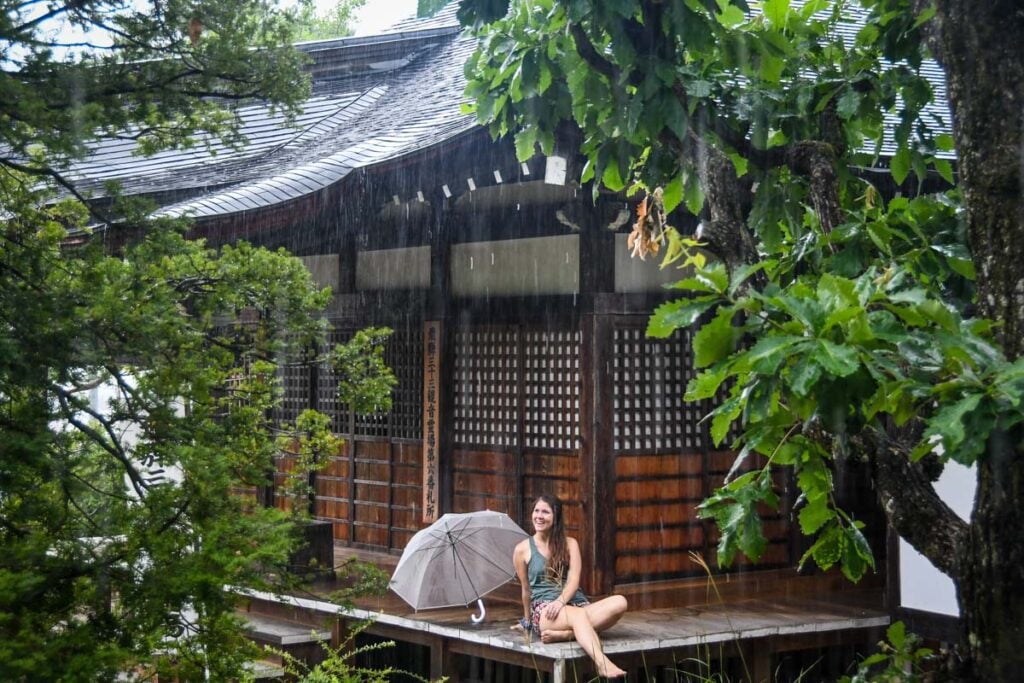
Now, let’s talk about those typhoons, shall we?
A typhoon is a tropical cyclone, formed the same way a hurricane forms. The only real difference is the location where they occur. When we traveled to Japan in August 2019 (at the peak of typhoon season), one made landfall during our visit.
This was our experience:
The day leading up to the typhoon was sunny with blue skies. We both had this feeling that it wouldn’t be that bad, but everyone was talking about it and how strong it would supposedly be. There was talk about trains shutting down, and we had a food tour cancel because restaurants were closing up shop.
But it was beautiful outside, so we put on rain jackets, grabbed our one umbrella, and headed into town just as it started sprinkling.
Soon, the winds increased and the rain started really coming down. But the trains still ran, and we decided to go catch a movie. By the time we got out of the show, the streets were mostly empty and the rain was really pounding, so despite our umbrella and rain jackets, we got completely soaked.
The next morning, blue skies started peeking out from behind clouds, and by the afternoon you would never know what had happened the previous night.
The takeaway here is that Japanese people take typhoons very seriously, and if you’re traveling in the summer you may need to be flexible in case of delayed and/or canceled trains and tours.
Stats on Tokyo weather & seasons
- Warmest month(s) in Tokyo: August (average 80°F/27°C)
- Coldest month(s) in Tokyo: January (43°F/6°C)
- Rainiest month(s) in Tokyo: September
- Driest month(s) in Tokyo: January
- Most crowded month in Tokyo: late March to May
- Least crowded month in Tokyo: January & February
Psst! Once you’ve decided when to visit, be sure to read up on where to stay in Tokyo and the coolest, most exciting things to do in Tokyo for the next steps in planning your trip!
Summer in Tokyo
June – August
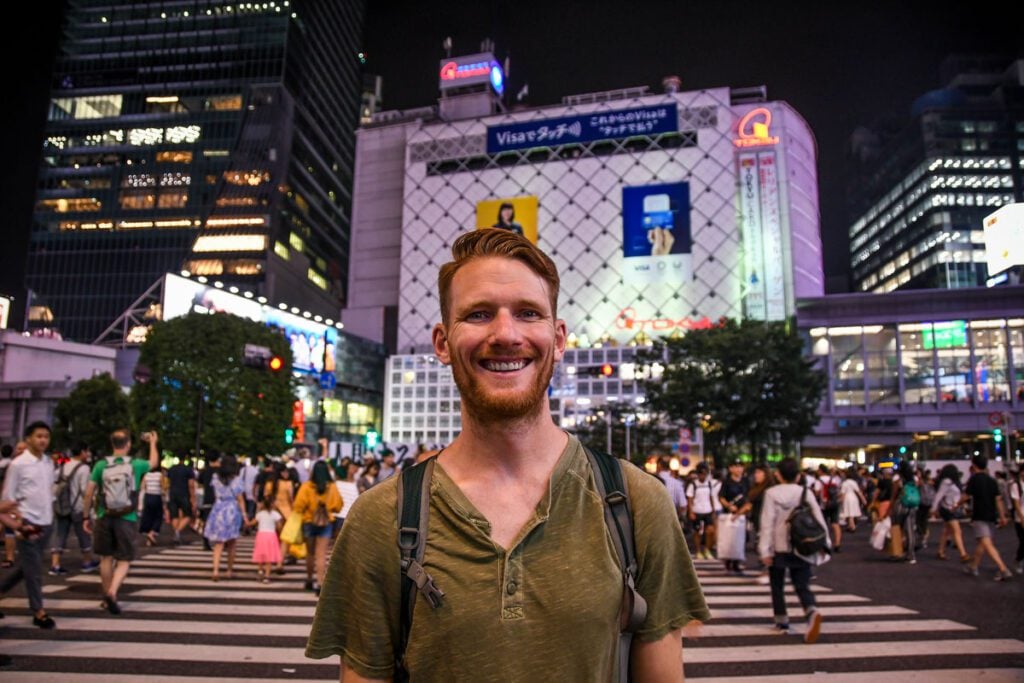
Tokyo in summer is kinda like NYC – hot, humid, and sticky. Daytime temperatures climb from 68-86 degrees Fahrenheit (20-30°C) in June to a whopping 95°F (35°C)+ in August. Luckily, Tokyo is a modern city, so there are plenty of accommodations with air conditioning to keep you comfortable at night, as well as malls, museums, and cafes to shelter in during the day.
Summer is also rainy season, but it’s not as bad as it sounds – Tokyo sees about a 45% chance of rain per day, so you’ll still have some dry days. Plus, locals are used to the rain and carry on with business as usual, so you likely won’t have any interruptions to your travel plans. Just grab an umbrella and you’re good to go!
Despite the at-times-oppressive heat, summers in Tokyo are buzzing with festivals and events. In late July, the Sumida River Fireworks Festival captivates locals and tourists alike with dazzling displays across the night sky. August follows with traditional folk dances welcoming ancestral spirits at Bon Odori festivals throughout the city. Meanwhile, nature lovers can enjoy the Katsushika Shobu Matsuri (Iris Festival) or the Bunkyo Ajisai Matsuri (Hydrangea Festival).
Best places to visit during summer in Tokyo
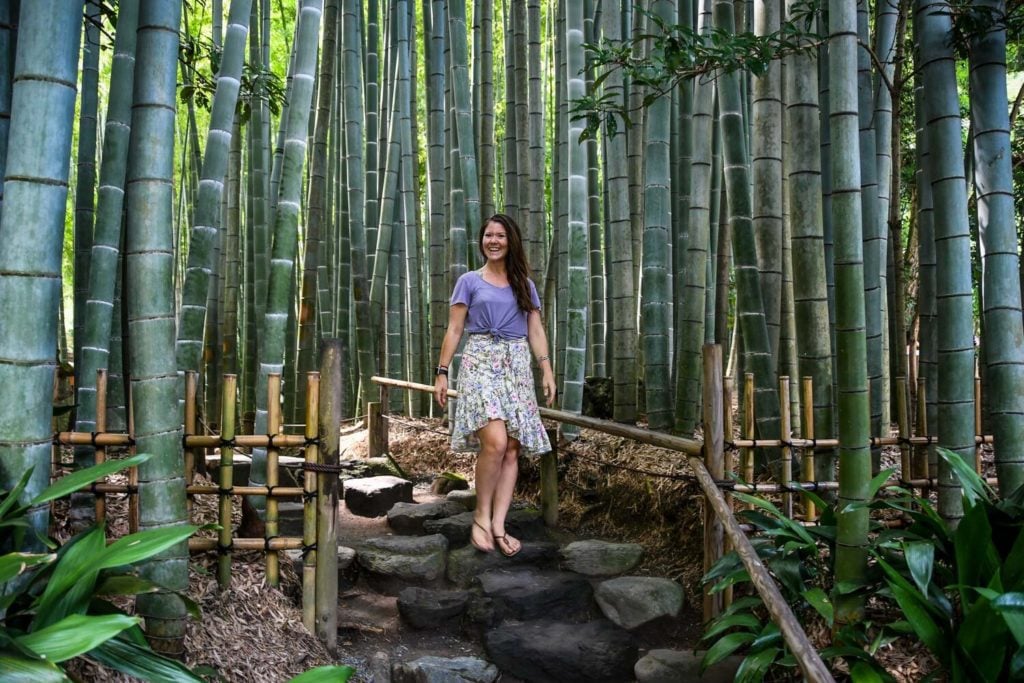
- Asakusa for Sanno Matsuri, one of Tokyo’s 3 most famous festivals, held in June
- Fussa for the Hotaru (Firefly) Festival in June
- Ryogoku for the Sumida River Fireworks Festival in July and sumo wrestling in September
- Day trip to Kamakura, a coastal town with sandy beaches and historic temples
Best things to do during summer in Tokyo
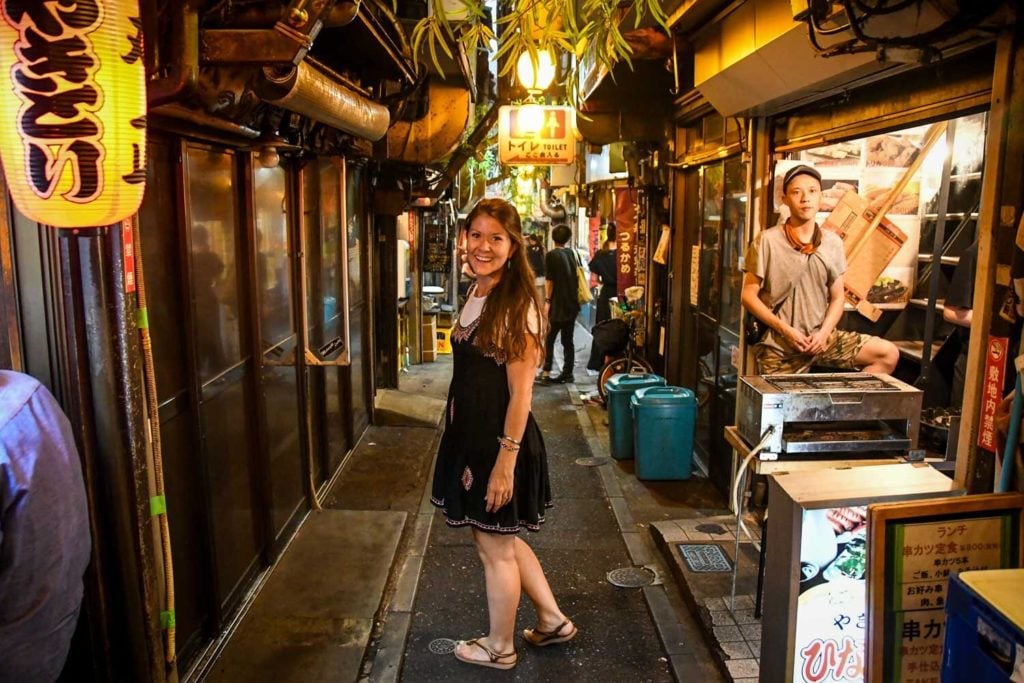
- Enjoy the slightly cooler nighttime temperatures and go izakaya-hopping in Shinjuku.
- Cool off at Yomiuriland’s Water Amusement Island, where a variety of swimming pools and waterslides offer fun for the whole family.
- Get your tan on at Odaiba Seaside Park, an urban beach on a man-made island in Tokyo Bay. (Note: swimming is prohibited).
- Escape the sun and try purikura, aka Japanese photo booths. Not only is it fun, but the photos also make perfect souvenirs!
- Beat the heat with seasonal eats, such as zaru soba/udon (cold noodles), kakigori (shaved ice), or sesame ice cream. Save me some leftovers!
Fall in Tokyo
September – November
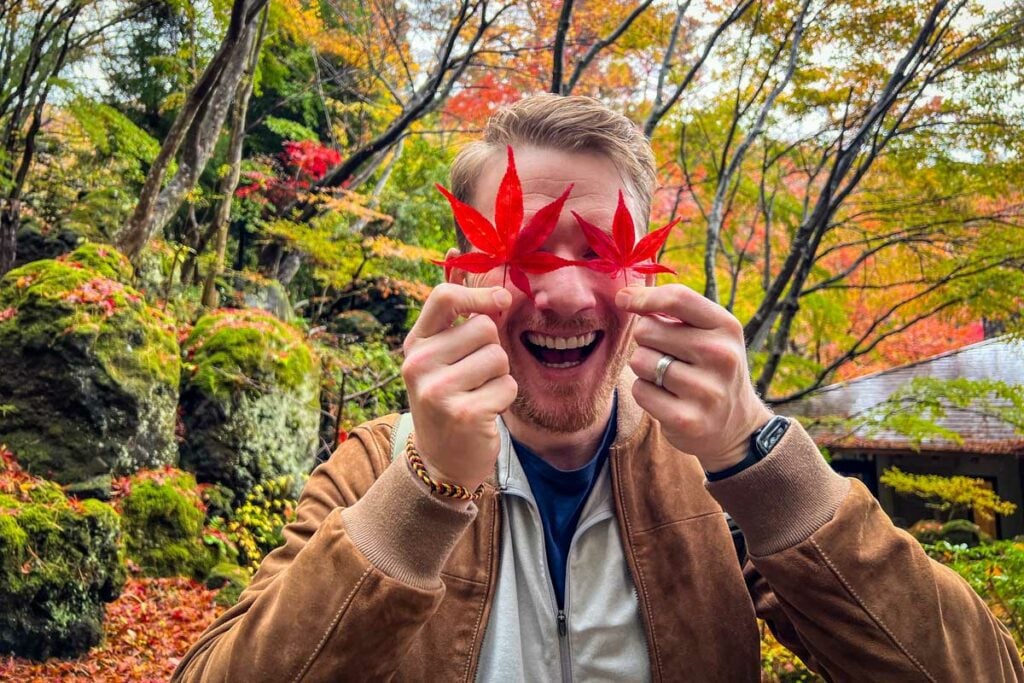
Full disclosure: I’m a sucker for fall, and autumn in Japan is no exception. With nice weather, comfy temperatures, and spectacular foliage, we think fall is one of the best times to visit Tokyo.
September sees daytime temps around 77-86 degrees Fahrenheit (25-30°C), which cools to 50-68°F (10-20°C) in November.
Tokyo’s foliage peaks in November, when parks and gardens explode with flaming shades of red and gold. All over the city, people take part in momijigari, the tradition of enjoying the autumn foliage or “leaf viewing”.
Best places to visit during fall in Tokyo
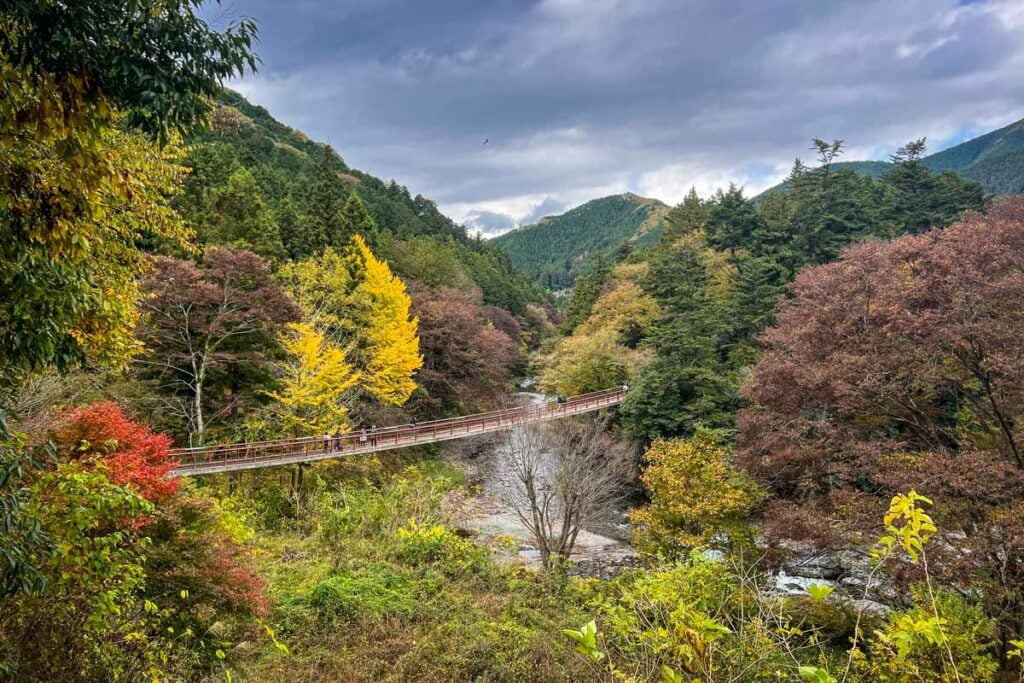
- Akiruno, an area just outside of the city with a scenic valley and a cute pig-themed cafe
- Mount Takao for the Autumn Leaves Festival
- Koshu Road in Hachioji for the Ginkgo Festival
- Rikugien Gardens for magical autumn illuminations
Best things to do during fall in Tokyo
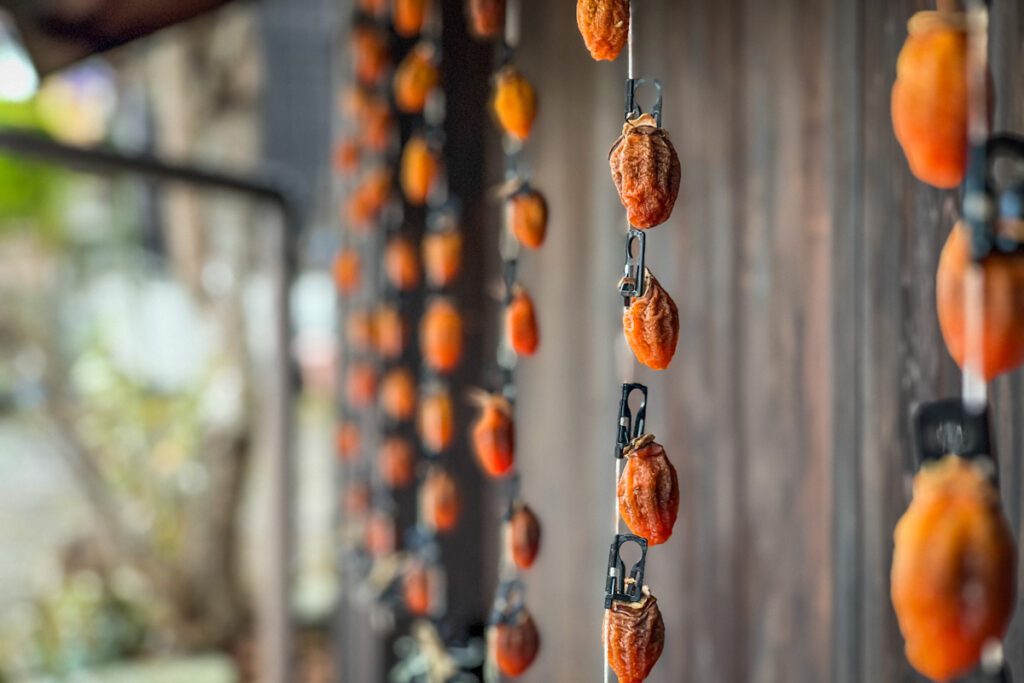
- Taste seasonal foods and flavors, such as persimmons, ginkgo nuts, and sweet potato.
- Spend an evening in Shinjuku Gyoen National Garden for Mori no Takigi Noh, a special display of traditional Japanese arts performed by firelight.
- Head to the observation deck at Yoyogi Park for a view of the park’s forested area dressed in autumn’s best.
- Take advantage of the dwindling crowds and go sightseeing at some of Tokyo’s most popular attractions, such as Sensoji Temple and the Meiji Shrine.
- Hit the hiking trails around Mount Mitake.
Psst! Check out our ultimate 5 day Tokyo itinerary, which includes all the top sights plus some hidden gems you’ve probably never heard of!
Winter in Tokyo
December – February
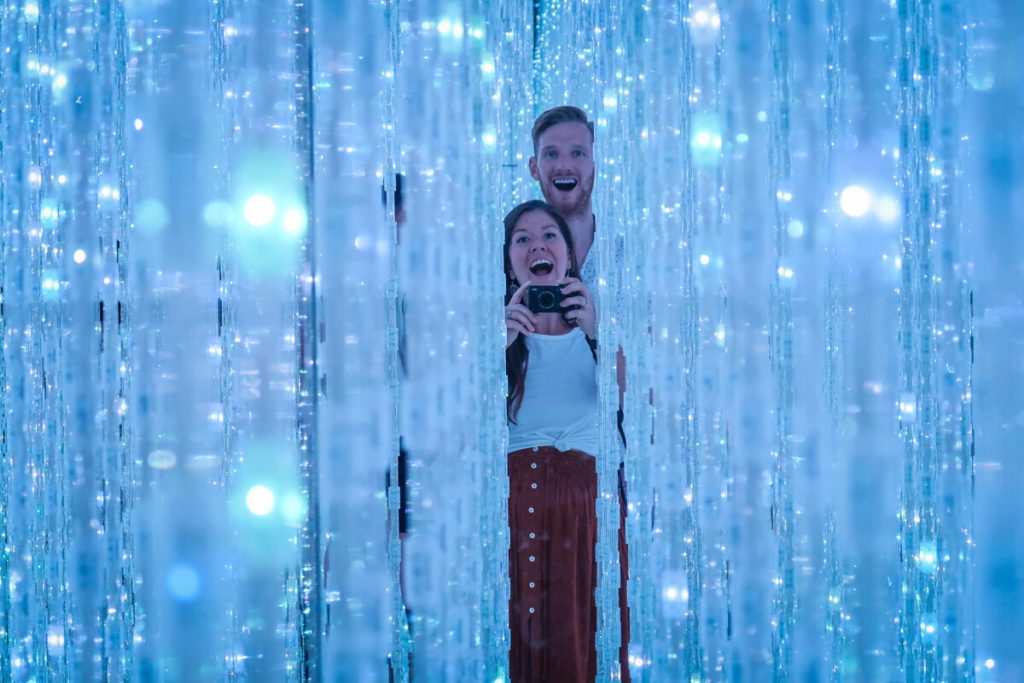
This may be an unpopular opinion, but… I LOVE winter, and I think it’s an underrated season for travel. In fact, winter in Japan is downright magical.
Winter is the perfect time to soak in traditional Japanese onsens, sip hot tea or sake, and fill up on comfort foods, like ramen and udon. With generally clearer skies, winter is also statistically the best time to spot the notoriously shy peak of Mount Fuji.
That said, Tokyo doesn’t get a lot of snow. So if you were hoping to experience the legendary JAPOW on the slopes or catch snowflakes while relaxing in an outdoor onsen, you’ll need to venture out of the city, away from the ocean and up into the mountains (we have a list of ideas for day trips from Tokyo!).
January is the coldest month in Tokyo, with daytime temperatures reaching as low as 36°F (2°C). If you’re from a warmer climate, you might find it cold, but we didn’t think it was that bad. We’re from Minnesota, after all!
By February, temps are already starting to warm up. When we visited Tokyo in early February (2015), we even saw some plum blossoms starting to bloom!
Best places to visit during winter in Tokyo
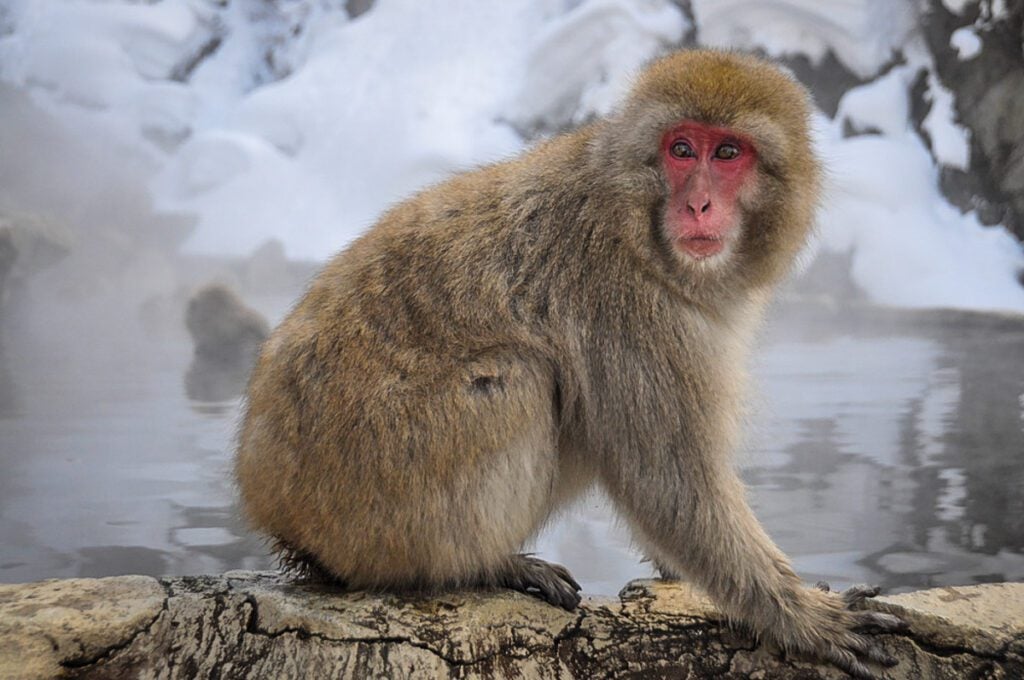
- Roppongi for dazzling winter/holiday illuminations at Roppongi Hills and Tokyo Midtown
- Setagaya or Bunkyo for ume (plum blossom) festivals in February
- Day trip to Jigokudani Snow Monkey Park
- Day trip to Mt. Fuji
- Day trip to Yamanashi or Nagano for skiing/snowboarding
Best things to do during winter in Tokyo
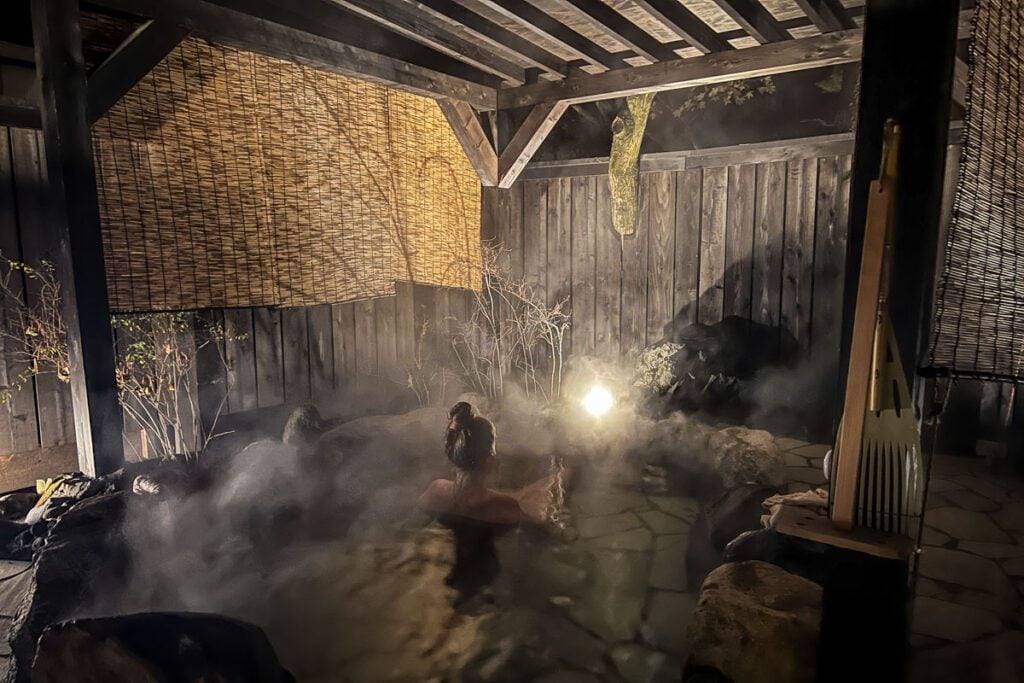
- Soak in a relaxing and therapeutic onsen (Japanese hot spring).
- Be sure to read up on proper onsen etiquette to avoid making any embarrassing mistakes.
- Try to spot Mt. Fuji from the observation floors of Tokyo Skytree.
- Feel the festive atmosphere of Christmas markets in December.
- Go ice skating at the Tokyo Metropolitan Government Building’s temporary rink.
- Ring in the New Year the Japanese way with a visit to a temple or shrine, a traditional practice called hatsumode.
Spring in Tokyo
March – May
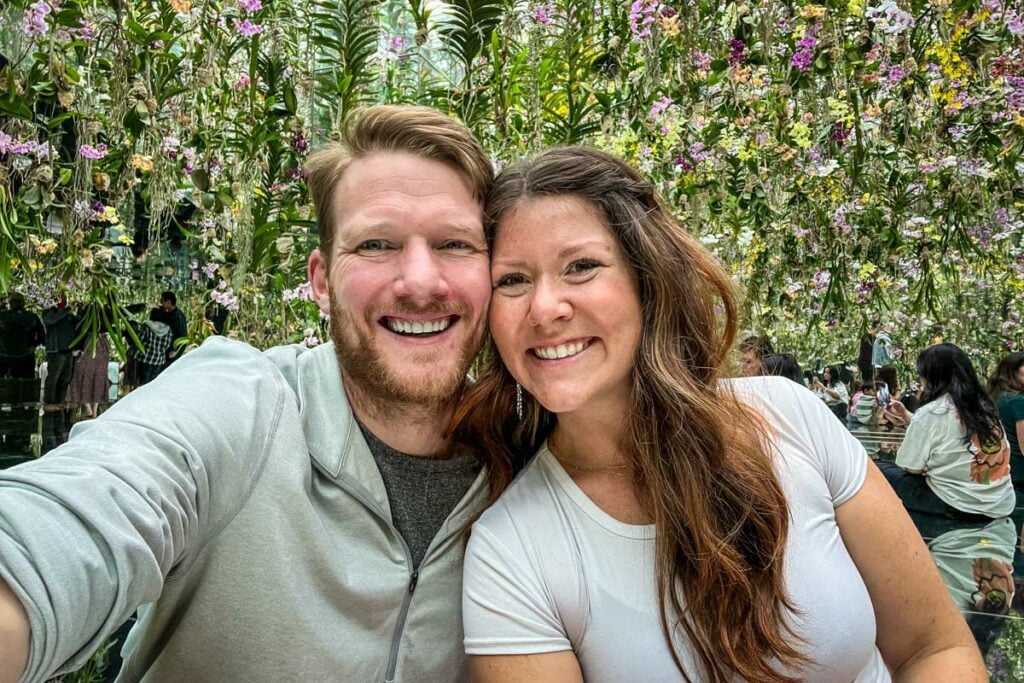
Spring is the most popular time to visit Tokyo, and for good reason. The spring months see comfortable temperatures with less rain and low humidity, creating ideal conditions for exploring the city.
But the crown jewel of springtime in Japan is hanami, or flower-viewing, when people from all over the world flock to see the famous Japanese cherry blossoms in bloom.
Known as “sakura”, the delicate flowers paint the city in pastel hues of pink and white, creating ethereal canopies from which petals drift softly like snow to carpet the ground. It’s breathtaking, surreal, and undeniably magical.
But it is also crowded. Very crowded.
In Tokyo’s popular hanami spots such as Ueno Park, tourists and locals jockey for position and selfie sticks wave in front of the trees.
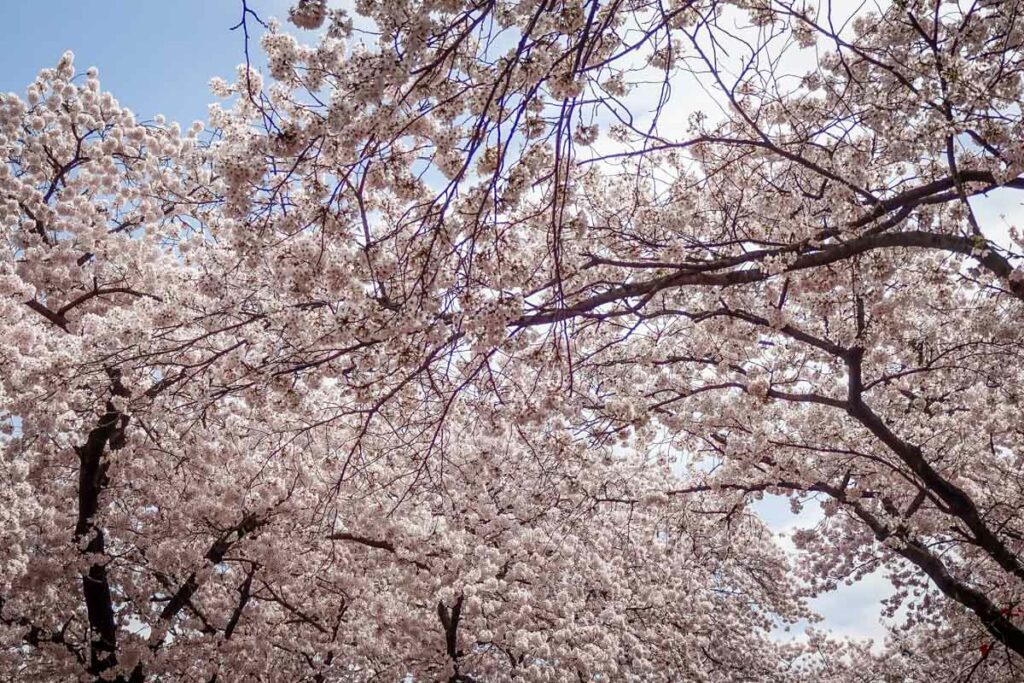
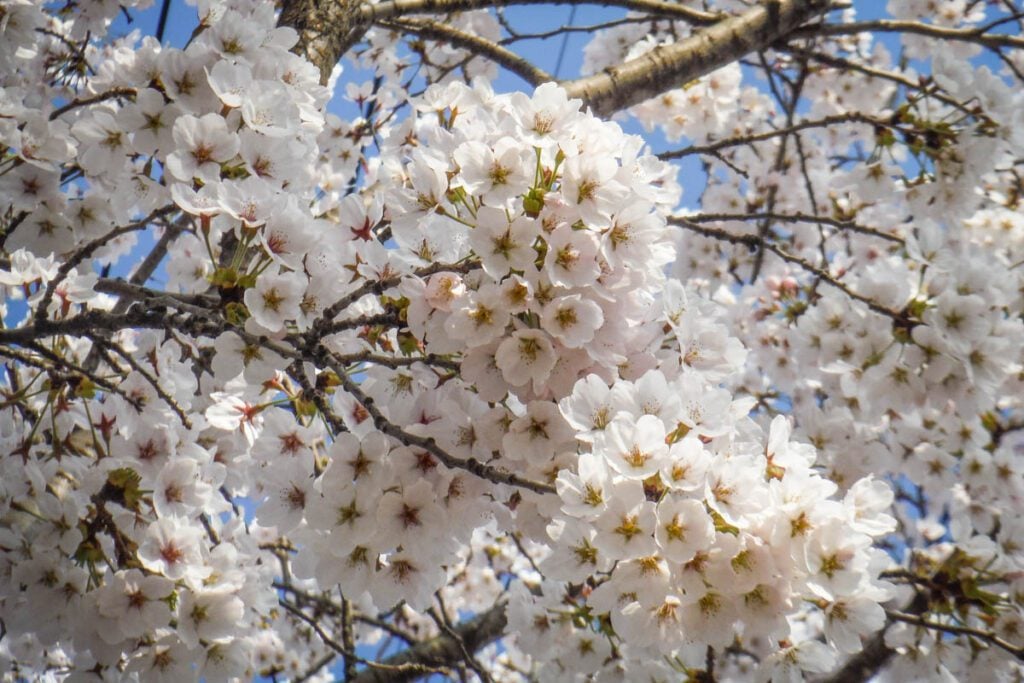
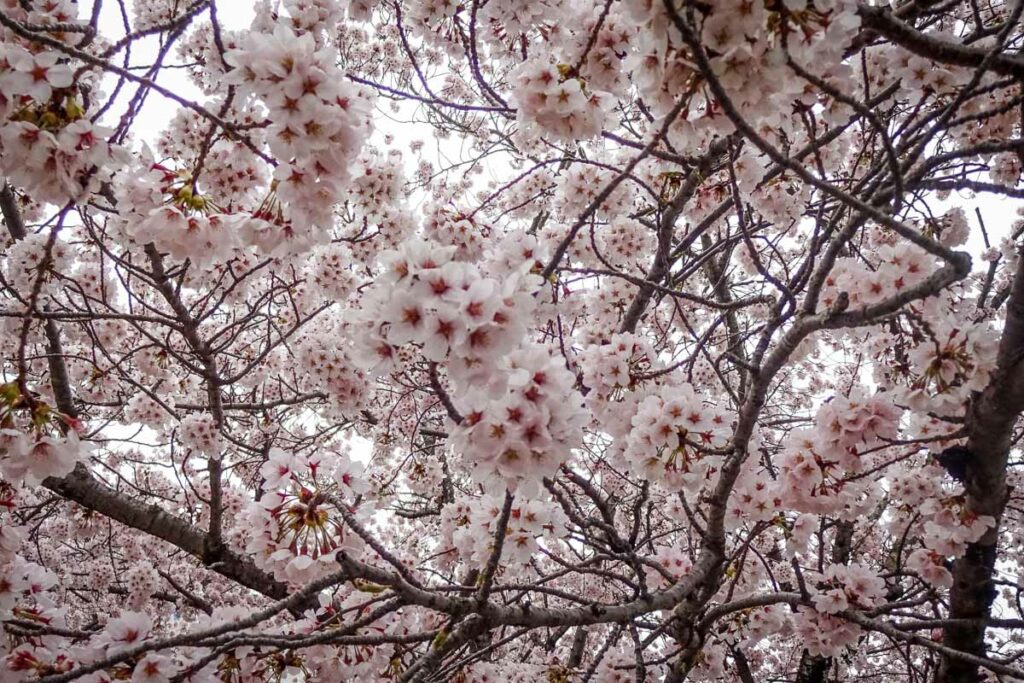
April 29 to May 5 in particular is the busiest time in Japan. Known as “Golden Week”, the country celebrates 4 national holidays within a 7-day period. Tourism surges, prices soar, and accommodations, popular attractions, and train tickets sell out.
Personally, we would avoid traveling to Tokyo during Golden Week because we’re not a fan of huge crowds. But if you do decide to visit on these dates, be sure to book everything—and I mean everything—well in advance.
Alternatively, if you still want to see cherry blossoms (like I said, it is magical!), you could plan your trip for late March to early April, when sakura are said to be at their peak in Tokyo. It’ll still be crowded, but not as crowded.
Best places to visit during spring in Tokyo
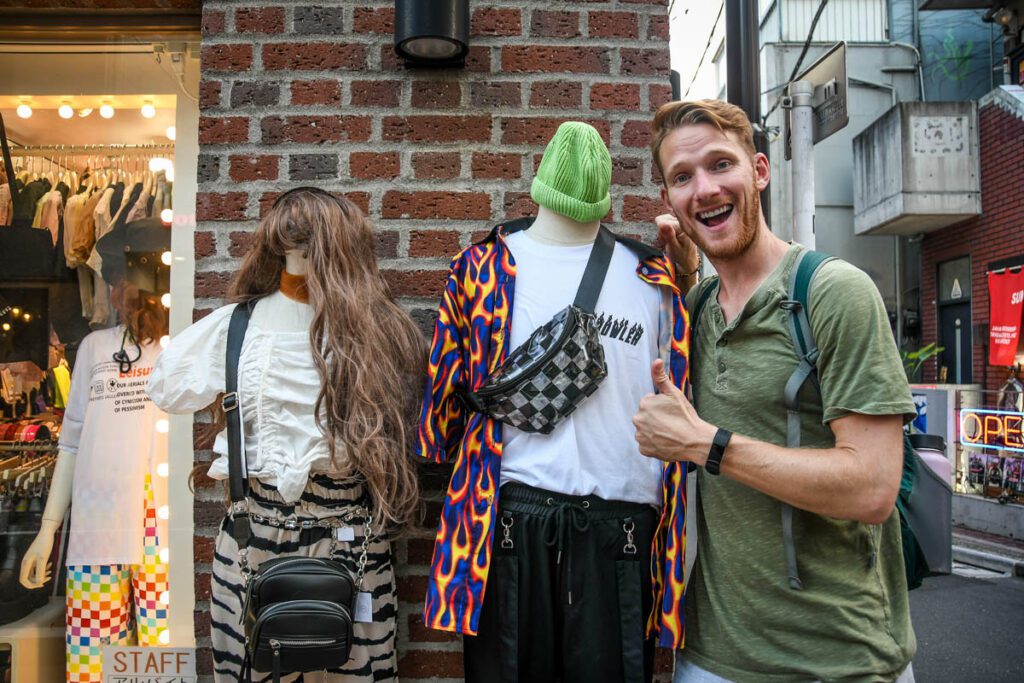
- Ueno Park or Sumida Park for cherry blossoms
- Mt. Takao for the Fire-Walking Festival (second Sunday in March)
- Asakusa for Yabusame, the traditional Japanese sport of horseback archery
- Nezu-Jinja Shrine for the Bunkyo Azalea Festival
- Harajuku to scope out the latest emerging fashion trends
Best things to do during spring in Tokyo
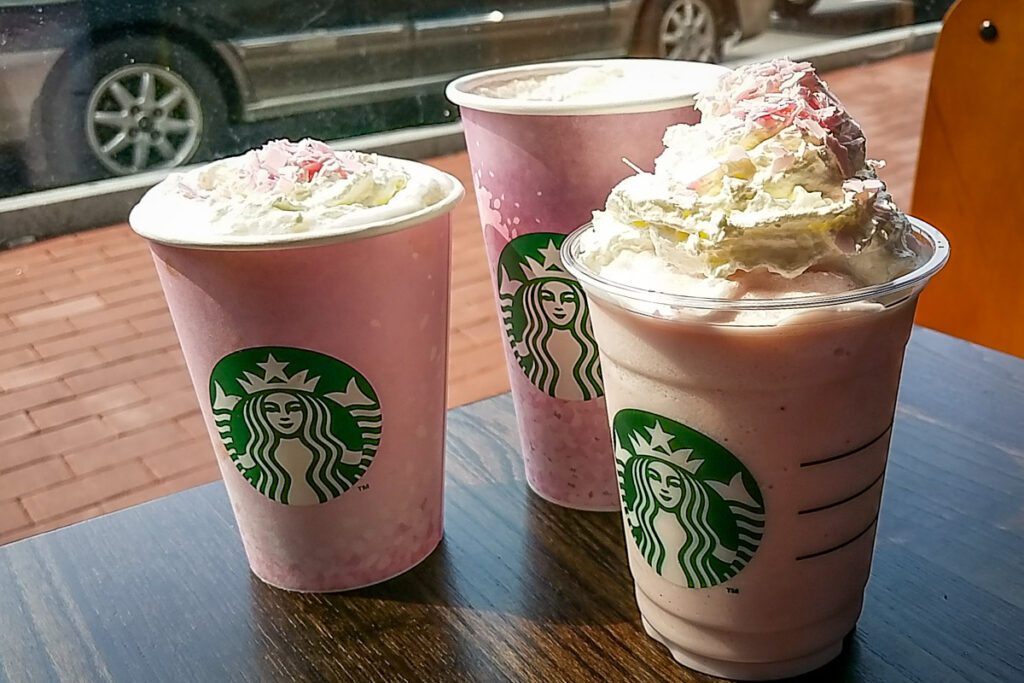
- Enjoy hanami as the Japanese do with a picnic or drinks in the park.
- Try special seasonal treats, such as hanami dango, sakura mochi, or cherry blossom tea.
- See the breathtaking cherry blossoms from a unique perspective on a Sumida River cruise.
- Stop and smell the roses at Jindai Botanical Garden.
- Root for the home team at a baseball game at the Tokyo Dome or Jingu Stadium.
Are you on the fence about purchasing our Classic 2-Week Japan Itinerary and curious what you’ll get? We’re offering you the chance to get a sneak peak of our PAID itinerary by downloading Day 1 in Tokyo, totally FREE!
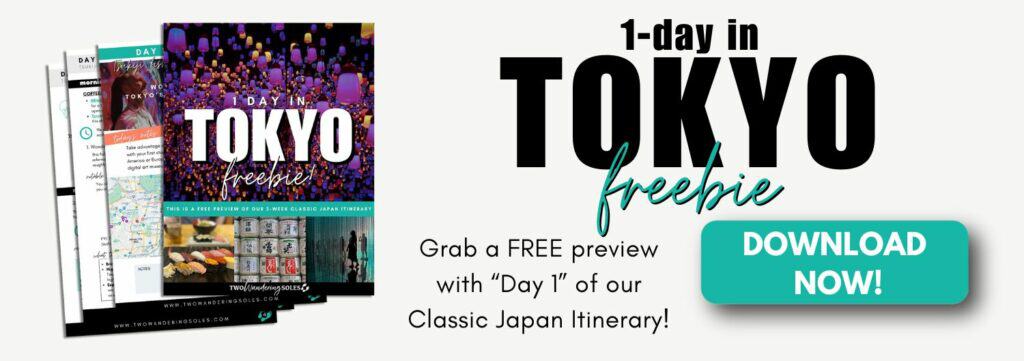
Best time to visit Tokyo in our opinion…
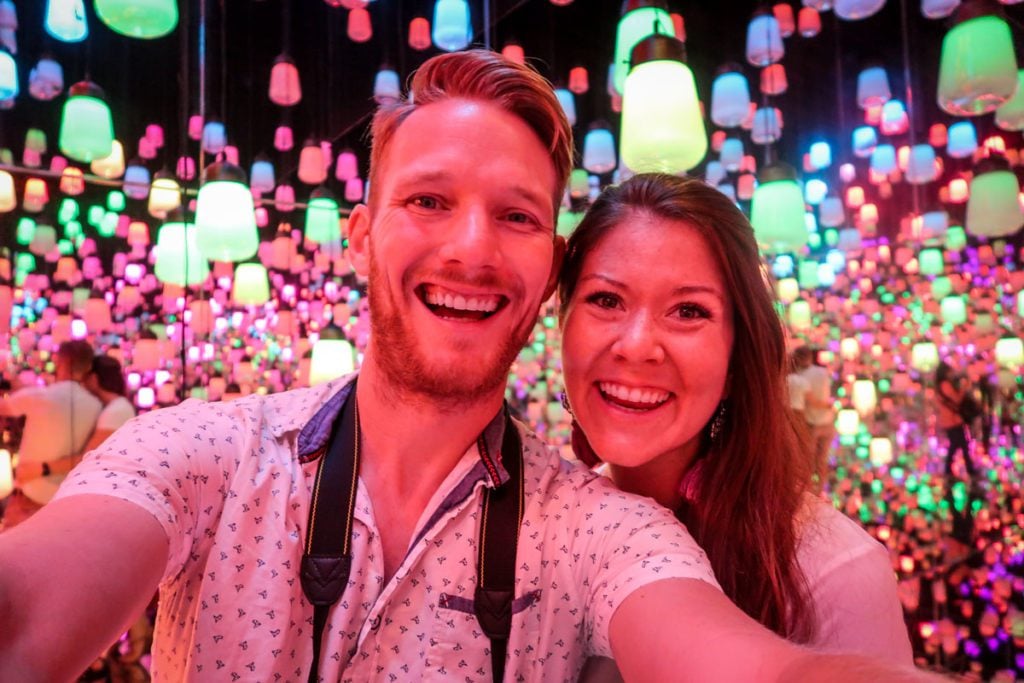
Overall, we think the best time to visit Tokyo is either March or November, and if I’m being honest, we would lean heavily toward the latter.
November just hits the sweet spot, with less rain than October and milder temperatures than December. And while March is also pretty comfortable weather-wise, you’ll see more crowds as tourists begin flooding in to see the cherry blossoms.
With all that said, it still depends on what you plan to do during your trip.
If you want to experience the magical sakura season, late March-early April is best.
Sumo tournaments are held in Tokyo in January, May, and September.
If you’re hoping to catch a glimpse of Mt. Fuji, your best chance is between the months of November and February. But if I were you, I wouldn’t base my whole trip on that, because Fooj is never a guarantee. Case in point, we didn’t see her until our third trip to Japan!
We would avoid traveling to Tokyo during Golden Week, when prices are higher and crowds are unfathomable, as well as in August when the summer heat and humidity are at their peak.
What to pack for your trip to Japan
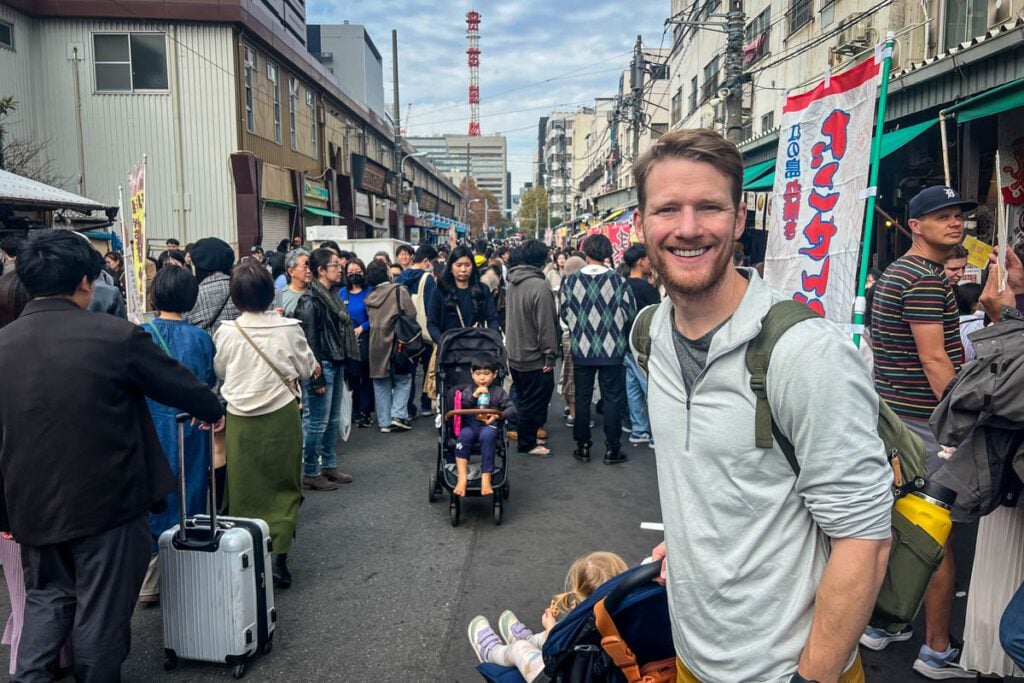
We know it can be overwhelming packing for a trip to a new destination. That’s why we spent hours creating these super helpful guides full of packing hacks and tips for traveling in Japan that you won’t find anywhere else:
- Our Japan packing guide lists all the essentials (many of which you might not think about), as well as what you should NOT pack for a trip to Japan.
- This article on what to wear in Japan will help you create a perfect capsule wardrobe for every season and let you in on some cultural taboos so you can be sure to dress appropriately.
- With this FREE Japan packing list PDF download, we’ll send checklists straight to your inbox for everything from clothing and toiletries (for both women and men!) to what shoes to pack and extra stuff you may want to have on-hand just in case. Click the image below to get your free copy!
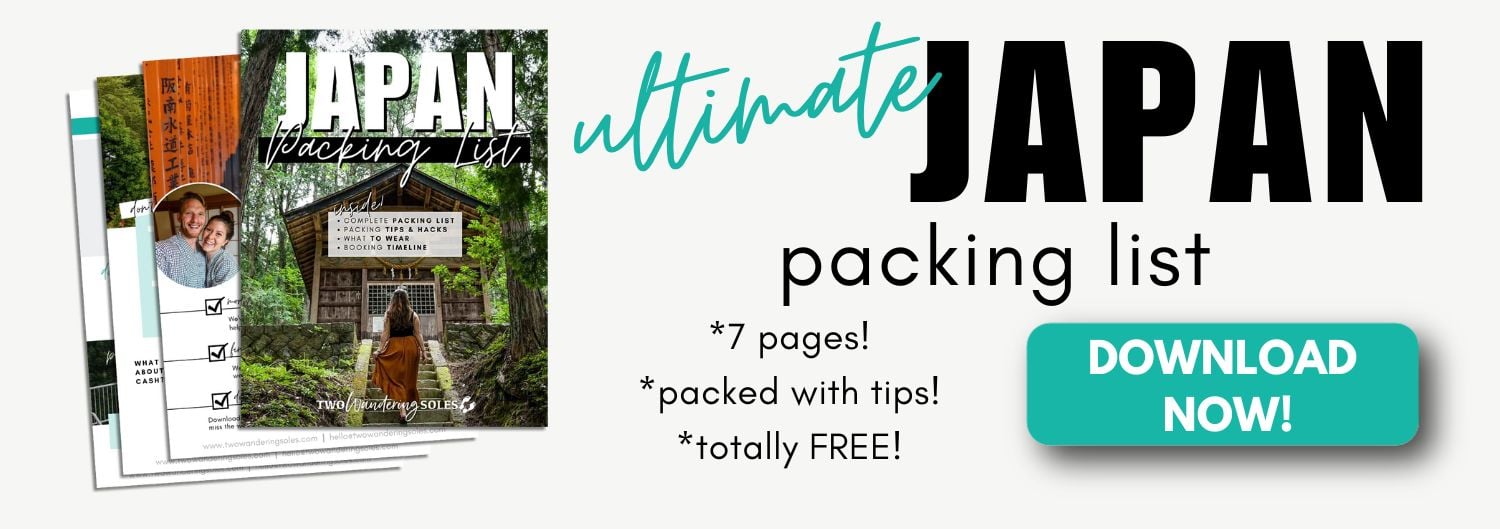
More Tokyo travel resources
After 3 trips (and counting!), we’ve fallen head over heels for Japan—and we’ve gathered TONS of resources to help you plan your dream trip. Check out these other helpful articles when planning your trip to Tokyo…
- Start with our 5 Day Tokyo Itinerary for a perfect balance of top sights and off-the-beaten-path finds.
- Dive into our curated list of the best things to do in Tokyo to fuel your wanderlust.
- Discover the electric energy of Tokyo at night—from quirky bars to late-night food spots.
- Not sure where to stay? Our Tokyo neighborhood + hotel guide will help you choose the perfect home base.
- Planning to visit teamLab Borderless? Don’t miss our tips for getting the most out of this mind-blowing digital art experience.
- Escape the city with one of these best day trips from Tokyo.
- Dreaming of seeing Mount Fuji? Here’s how to plan the perfect day trip from Tokyo.
Still have questions? Check out our Ultimate Japan Travel Guide, or leave us a comment—we’d love to help you plan your Tokyo adventure!
Want to save time and energy on planning?
We’ve spent hundreds of hours (no joke!) researching for our 3 different trips to Japan, and we’ve been able to explore a lot of what this country has to offer!
We’ve compiled our experience to create the resource we wish we’d had when planning our trips to Tokyo!
Our Tokyo Planner is filled with tips and advice you won’t find anywhere else! It includes 10 fully planned, interchangeable itinerary days, access to a custom Tokyo map with all of our recommendations and resources such as hotel recommendations and a transportation guide.
Don’t miss your chance to grab our Tokyo map!
Get our custom Tokyo map sent straight to your phone! We loaded this map with all our favorite restaurants, sights, hidden gems, and more, so you can make the most of your time in Tokyo.
Just enter your email and we’ll immediately send you access instructions!
Save this article to Pinterest for later!
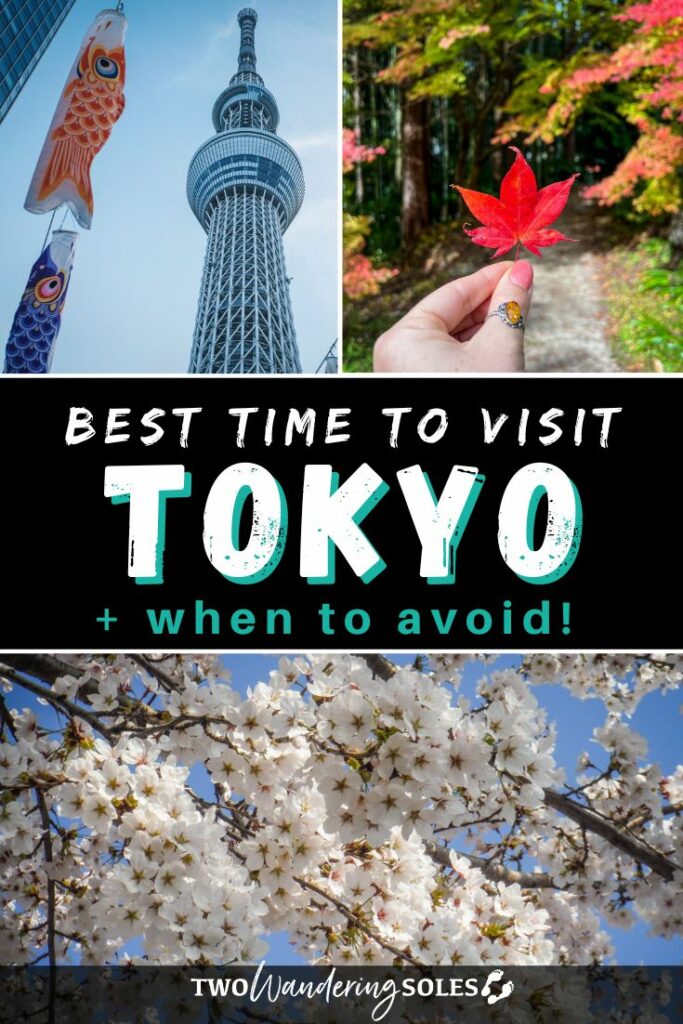
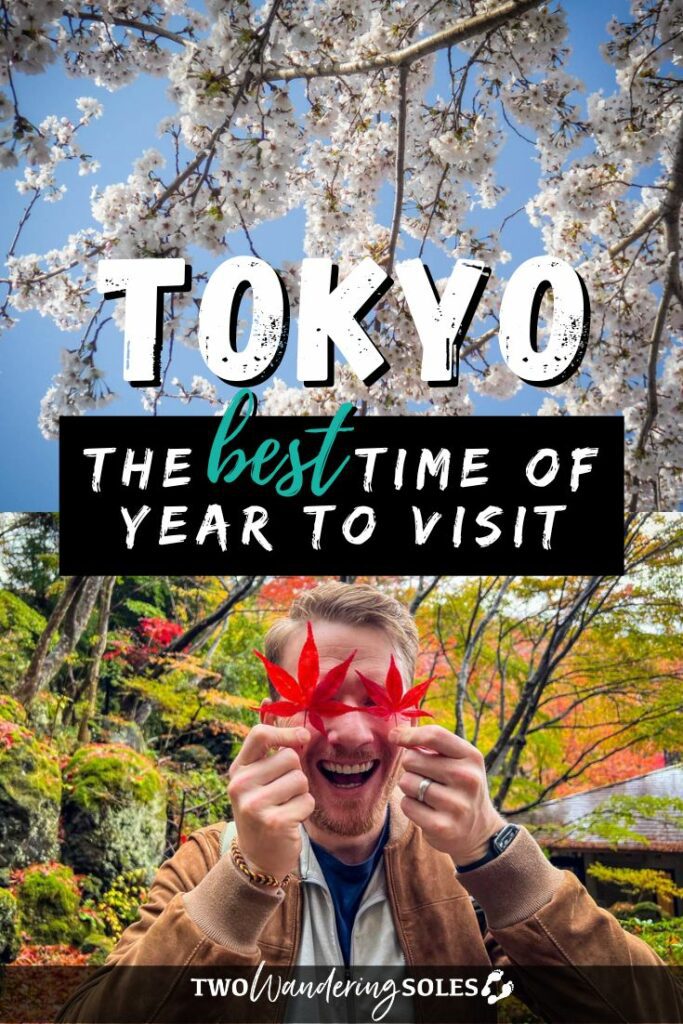
We want to hear from you!
Have you been to Tokyo before? What time of year did you visit? Is there another season you’d like to experience in Tokyo? Let us know in the comments below!

